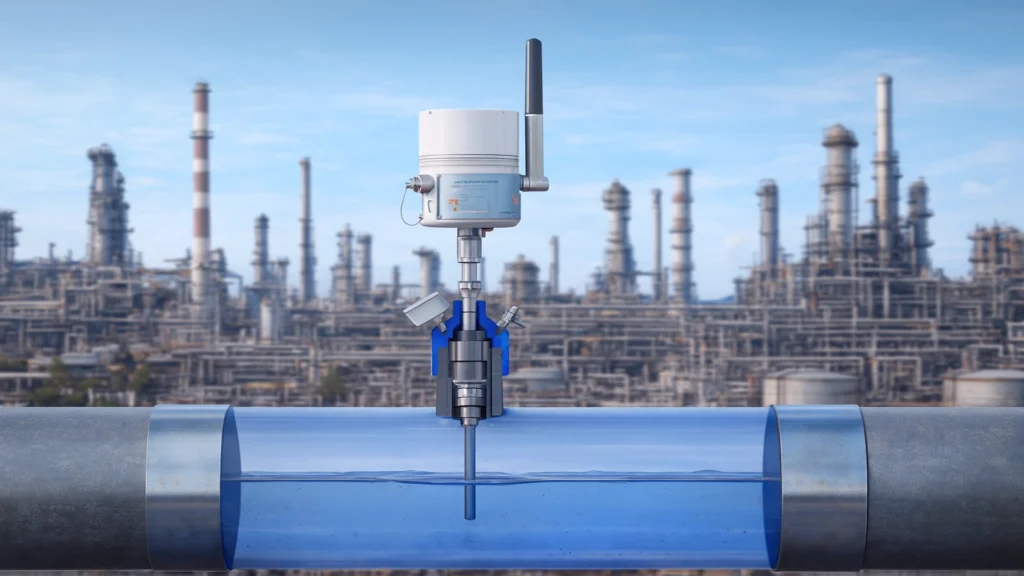
High-resolution ER probe corrosion monitoring
High-resolution ER probes provide continuous corrosion data accurately and without operational interruptions, facilitating timely decisions.

High-resolution ER probes provide continuous corrosion data accurately and without operational interruptions, facilitating timely decisions.

API 651 and AMPP SP0193 standards set the basis for advanced cathodic protection, reducing corrosion losses and improving the integrity of critical assets.
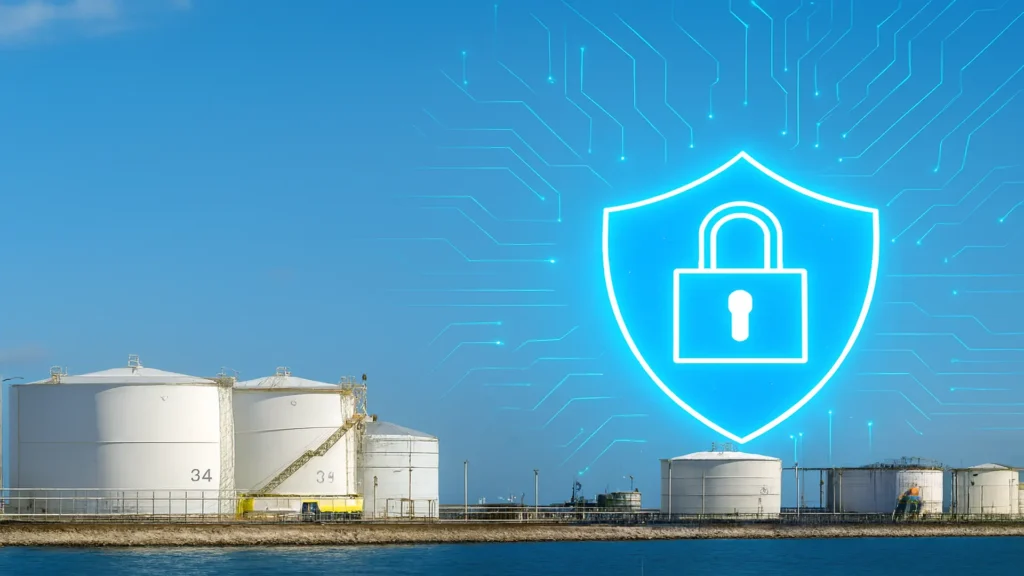
Texas will host the twentieth edition of the API 2025 Conference, dedicated to strengthening oil and gas cybersecurity.

The Offtake Agreement is a long-term contract that obliges the buyer to purchase defined volumes of hydrogen, ensuring stability between producer and consumer.

The energy transition is taking place in regions with an industrial heritage and oil-producing communities that are now transforming their geography into the foundations of a sustainable future.
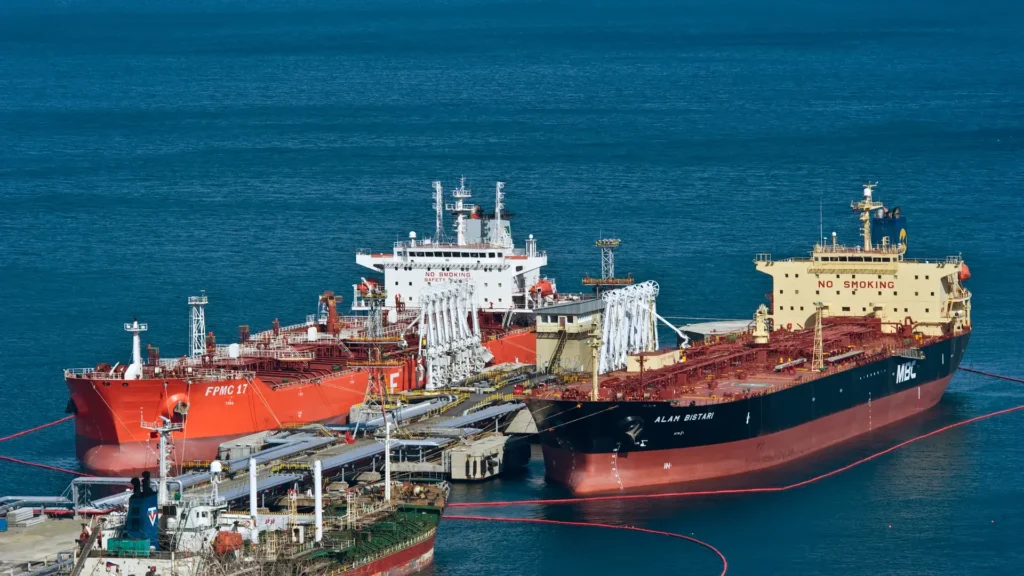
SLOM 2025, held in Panama, brings together operators of maritime oil terminals and single buoys in a space where technological innovation and sustainability converge with humanism.
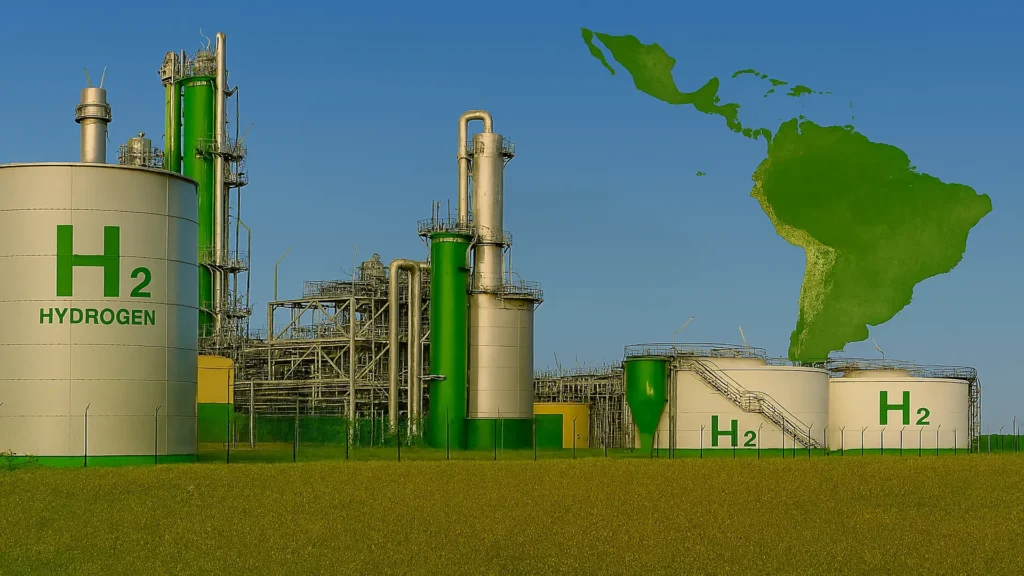
Latin America faces a strategic dilemma: become the epicenter of green hydrogen or give in to structural limitations.

From the Roman legacy comes inspiration for self-repairing concrete, reinforced with nanotechnology, which promises to transform construction and guarantee unprecedented longevity in critical infrastructure.

More than just lubricants, industrial greases have evolved into sophisticated protection tools, with distinctive colors that guarantee operational efficiency and reduce maintenance risks.
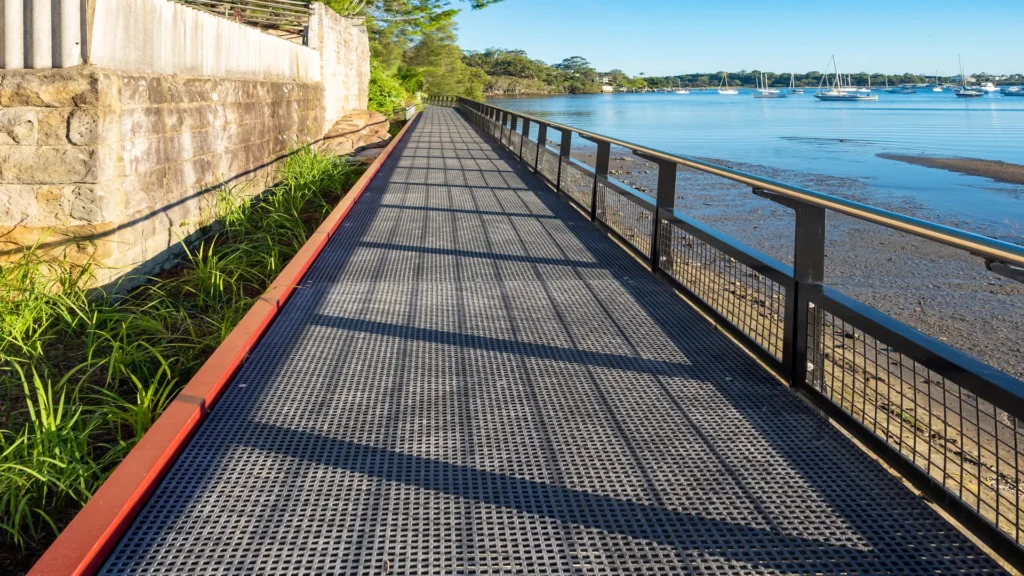
Current concrete research is driving the use of advanced materials, such as FRP-reinforced and prestressed concrete elements, to achieve safer, more durable, and cost-efficient infrastructure.
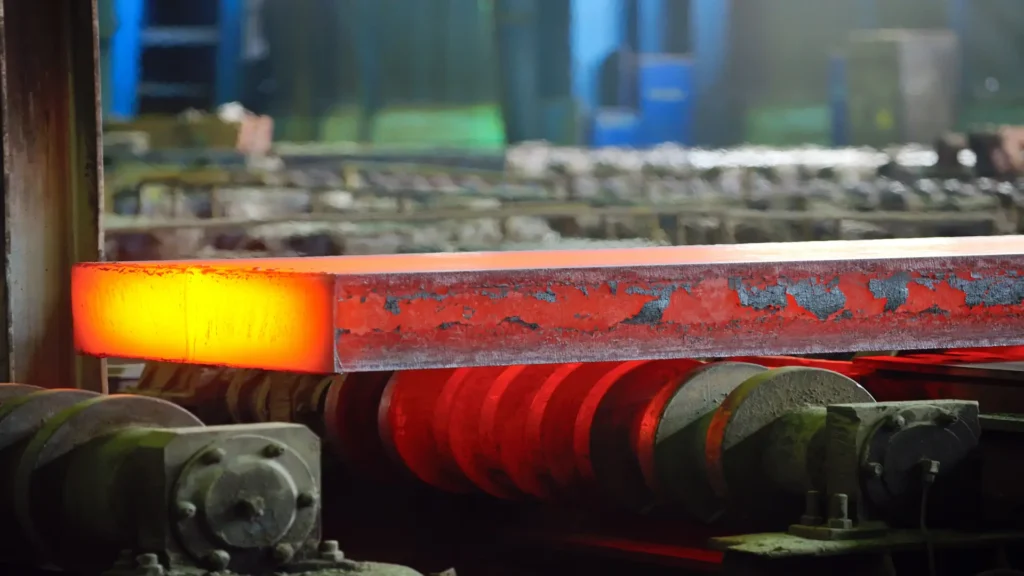
The industrial impact of metal carburizing in improving mechanical properties.
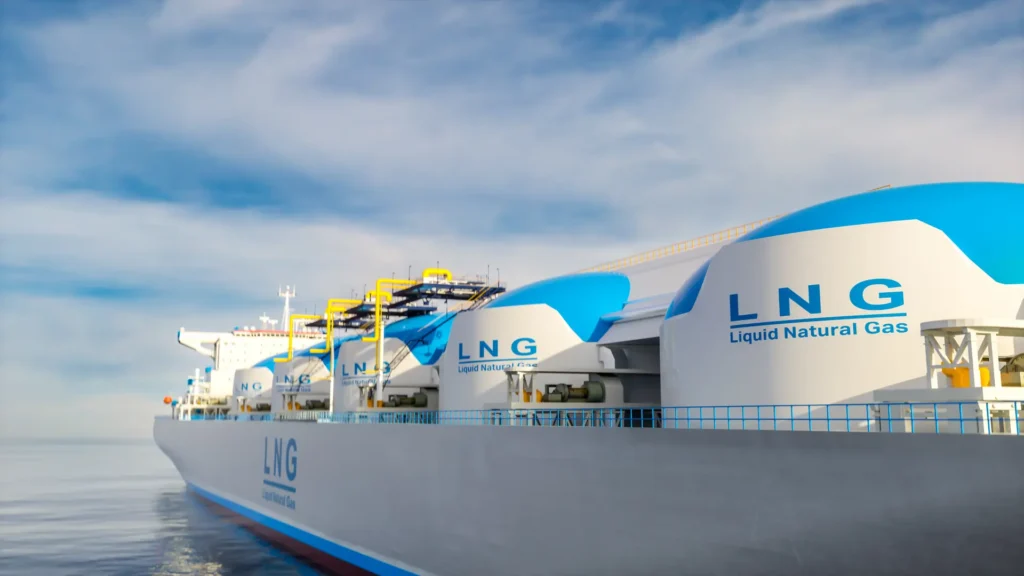
The LNG market in Latin America reflects opportunities and challenges, where energy security collides with economic and operational realities.